So what’s the story with birds and power lines?
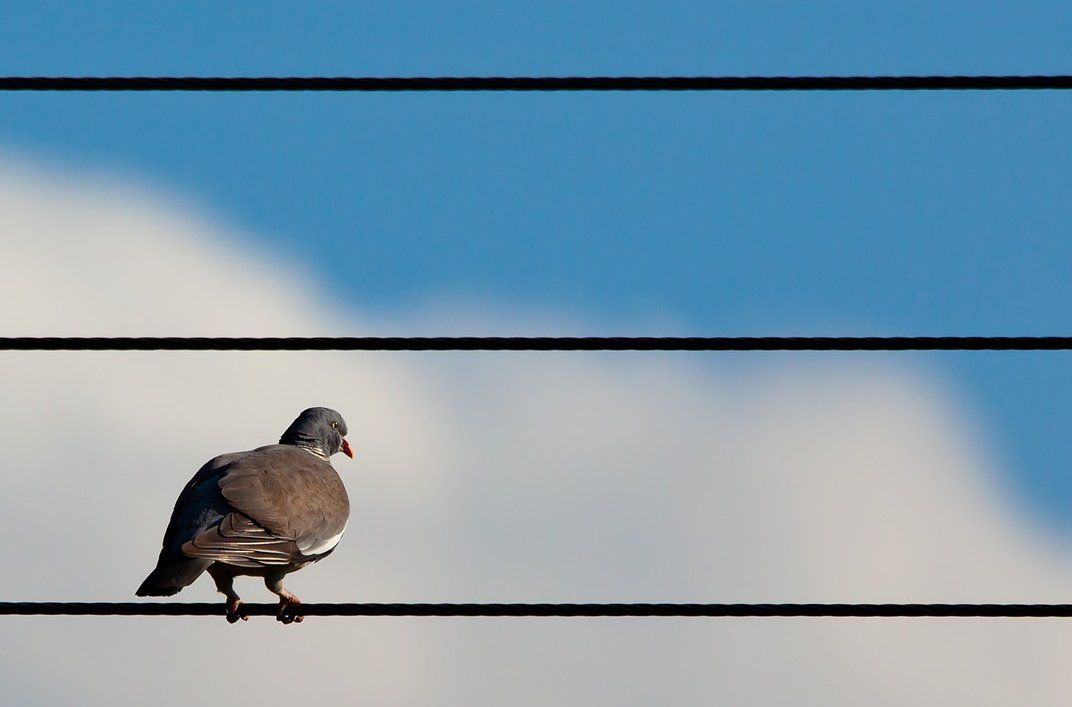
You’d think that birds, which often sit on power lines, wouldn’t mind them. However, power lines affect birds in several ways.
Firstly, they act as an artificial barrier. Did you know that power lines kill millions of birds every year? [1,2,3]. In fact, scientists estimated that between 12-64 million birds die annually from collision and electrocution in the US alone [4].
Collision occurs when a bird flies into overhead wires. Some birds are more susceptible to collide than others, especially species with small wings yet relatively large bodies (rails, coots and cranes), because they are less capable of manoeuvring their flight. Also, birds that fly together in flocks (ducks, pigeons and starlings) can have limited sight and/or space to control their movement [2,6].
Other potential risky traits are being a night owl (literally!) or active during dawn or dusk, as visibility conditions during these times may be limited. Being a young inexperienced individual may also increase the chances of hitting a power line, as well as having certain flight behaviours, e.g., hunting, displaying courtship or defending territories, since they might take away all the focus while approaching a power line [2,6].
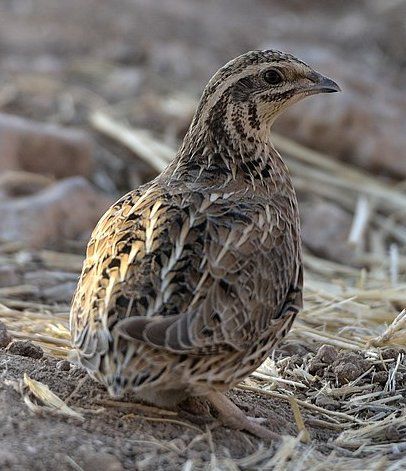
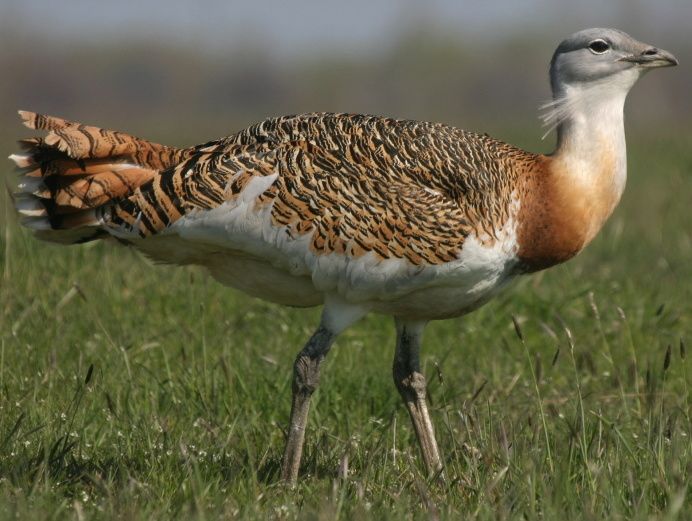
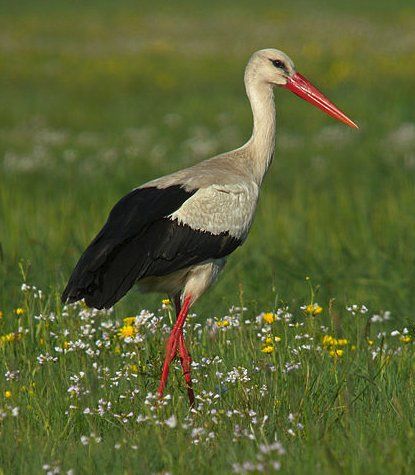
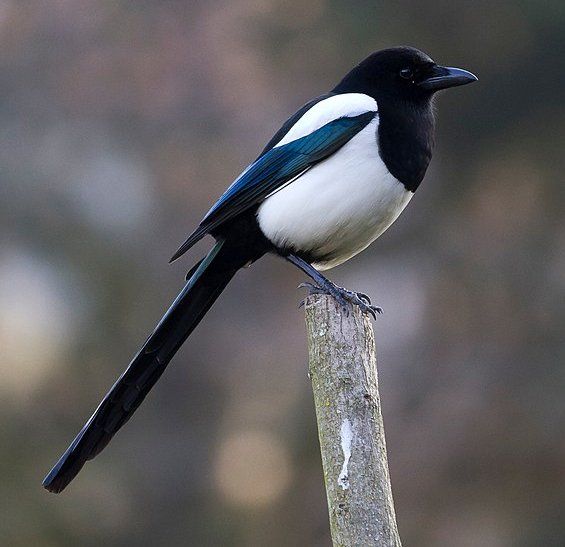
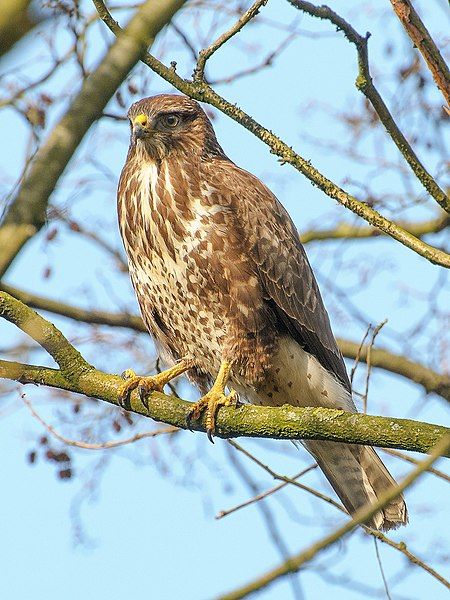
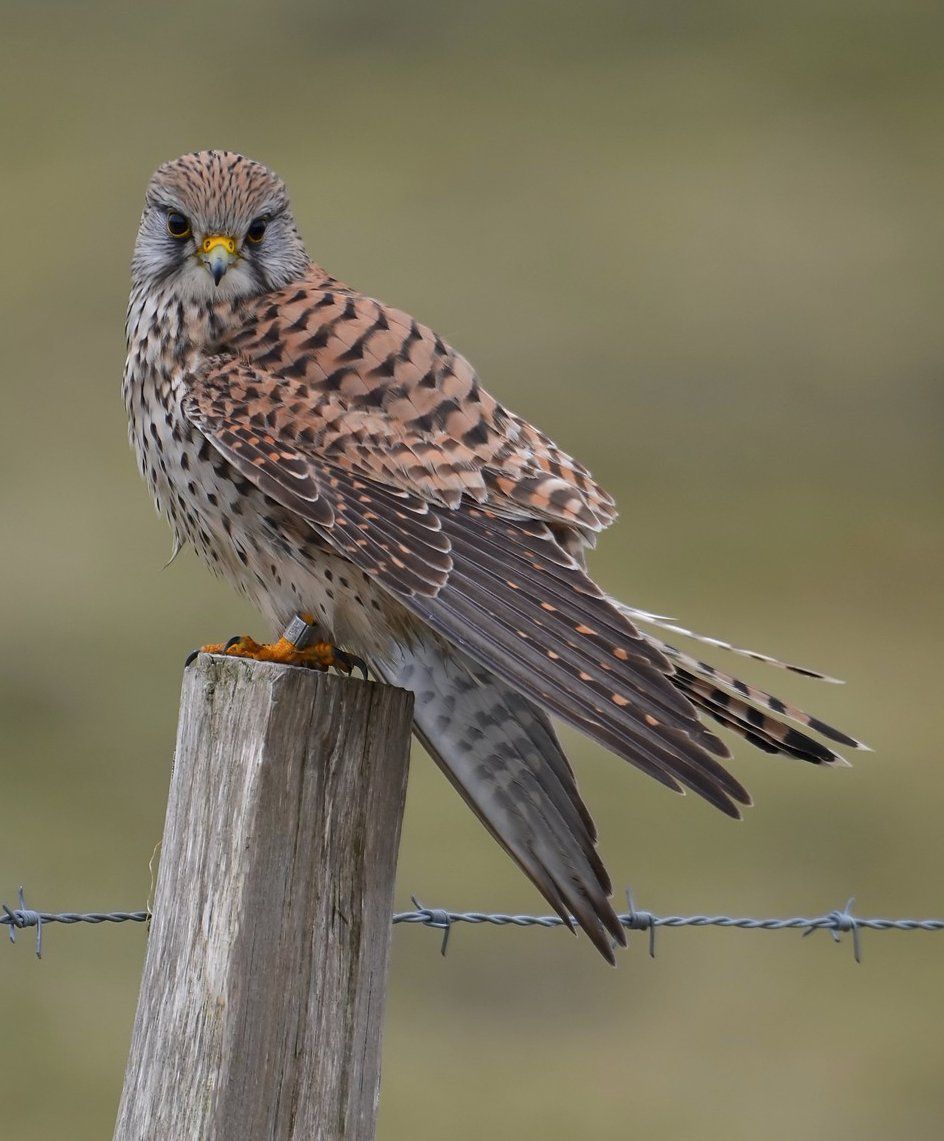
Electrocution, on the other hand, happens when a bird touches either two conductors or a conductor and a grounded component at the same time [4,5]. Electrocution mostly affects raptors that perch on the pylons and in some cases even nest there [3,4,6]. Size is a relevant factor, as larger birds have a higher chance to reach both conductors and a grounded device simultaneously. Among the most common victims are hawks, vultures, eagles, crows, falcons, owls and storks [5,6].
Although researchers assume that bird populations are overall not affected by collision and electrocution, most studies actually don't address effects within populations [1,3,6]. But for some endangered species, power lines pose a serious threat, e.g. the vulnerable Spanish Imperial eagle (Aquila adalberti) [7] or the endangered Saker falcon (Falco cherrug) [8].
Secondly, power lines also play a crucial role for birds when choosing where to nest or rest. Some species prefer sites that are well distanced from power lines, others might even abandon their territories if the density of power lines is high. It’s possible that birds acknowledge power lines as a barrier and therefore change their flight behaviour [3]. Furthermore, the construction of the pylons, which requires the removal of existing vegetation (often followed by a re-colonisation of invasive plants), can degrade the quality of the habitat and eventually lead to its loss [3,5].
I already mentioned that pylons are favoured by birds (mostly raptors and crows) as a good perching spot. The usage of power lines may in some cases increase species’ home range and population size. But on the other hand, it can alter the natural dynamic between predators and their prey and add more pressure on some bird populations. It’s no wonder then, why some birds prefer to avoid areas near power lines [1,3].
The impacts of power lines on birds have been (and still are!) studied for several decades, but some research gaps remain. For instance, understanding the impacts throughout the entire life of power lines (including construction and operation phases), considering multiple organism groups rather than focusing on certain species and developing a better impact quantification to address the effects on populations, communities and ecosystems [1,3].
References:
[1] Richardson, M. L., Wilson, B. A., Aiuto, D. A. S., Crosby, J. E., Alonso, A., Dallmeier, F., & Golinski, G. K. (2017). A review of the impact of pipelines and power lines on biodiversity and strategies for mitigation. Biodiversity and Conservation, 26(8), 1801–1815. https://doi.org/10.1007/s10531-017-1341-9
[2] Bernardino, J., Bevanger, K., Barrientos, R., Dwyer, J. F., Marques, A. T., Martins, R. C., ... & Moreira, F. (2018). Bird collisions with power lines: State of the art and priority areas for research. Biological Conservation, 222, 1-13. https://doi.org/10.1016/j.biocon.2018.02.029
[3] Biasotto, L. D., & Kindel, A. (2018). Power lines and impacts on biodiversity: A systematic review. Environmental Impact Assessment Review, 71, 110-119. https://doi.org/10.1016/j.eiar.2018.04.010
[4] Loss, S. R., Will, T., & Marra, P. P. (2014). Refining estimates of bird collision and electrocution mortality at power lines in the United States. PloS one, 9(7), e101565. https://doi.org/10.1371/journal.pone.0101565
[5] Haas, D., Nipkow, M., Fiedler, G., Schneider, R., Haas, W., & Schürenberg, B. (2003, December). Protecting birds from powerlines: a practical guide on the risks to birds from electricity transmission facilities and how to minimise any such adverse effects. In: BirdLife International. Report on behalf of the Bern Convention to the Standing Committee of the Convention on the Conservation of European Wildlife and Natural Habitats, 23rdMeeting, Strasbourg. http://birdsandpowerlines.org/cm/media/Protecting_birds_on_powerlines.pdf
[6] Bevanger, K. (1998). Biological and conservation aspects of bird mortality caused by electricity power lines: a review. Biological conservation, 86(1), 67-76. https://doi.org/10.1016/S0006-3207(97)00176-6
[7] Ferrer, M., de la Riva, M., & Castroviejo, J. (1991). Electrocution of raptors on power lines in southwestern Spain. Journal of Field Ornithology, 181-190. https://www.jstor.org/stable/4513623
[8] Dixon, A., Batbayar, N., Bold, B., Davaasuren, B., Erdenechimeg, T., Galtbalt, B., ... & Rahman, M. L. (2020). Variation in electrocution rate and demographic composition of Saker Falcons electrocuted at power lines in Mongolia. Journal of Raptor Research, 54(2), 136-146. https://doi.org/10.3356/0892-1016-54.2.136
Images:
Cover image from pixabay
Common Quail Coturnix coturnix by Dûrzan Cîrano
Great bustard Otis tarda by Andrej Chudý
White Stork Ciconia ciconia by Frank Vassen
Magpie Pica pica by Pierre Selim
Common Buzzard Buteo buteo by Arend
Common kestrel Falco tinnunculus by Hans Hillewaert

